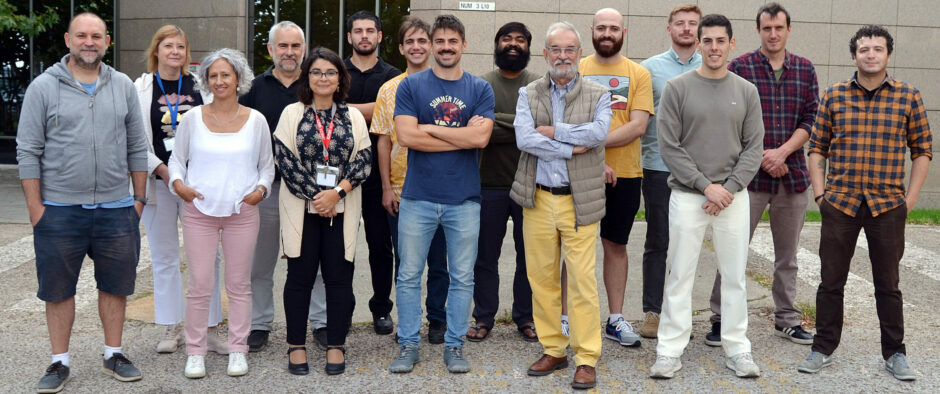Cylindrical Magnetic Nanowires Applications
Julián A. Moreno, Cristina Bran, Manuel Vazquez and Jürgen Kosel
IEEE Transactions on Magnetics
DOI: 10.1109/TMAG.2021.3055338
Cylindrical magnetic nanowires feature unique properties, which make them attractive particularly for novel applications. These one-dimensional structures introduce a pronounced shape anisotropy that together with material selection can strongly affect the magnetic properties and can be tuned by incorporating segments of different materials or diameters along the length. They attract a large interest in the scientific community, ranging from physicists to material scientists to bioengineers. These nanowires are developed for and employed in very diverse applications in medicine, biology, data and energy storage, catalysis or microwave electronics, among others. In this review, most active emerging applications of cylindrical nanowires are overviewed. Advantages include several key features as low-cost and high level of control over the design. A fundamental property that distinguishes those applications is the operating frequency that can be chosen to apply as an underlying structure in this review. We attempt to provide a wide and organized view of applications based on cylindrical magnetic nanowires with a focus on tailored physical and chemical properties.

This Review Article is a collaboration between the groups at KAUST, Thuwal, Saudi Arabia and GNMP at ICMM/CSIC. It was supported by the Spanish Ministry MINECO, under project MAT2016-76824-C3-1-R, the Regional Government of Madrid under project S2018/NMT-4321 NANOMAGCOST-CM, and CSIC under project iLinkA20052.


